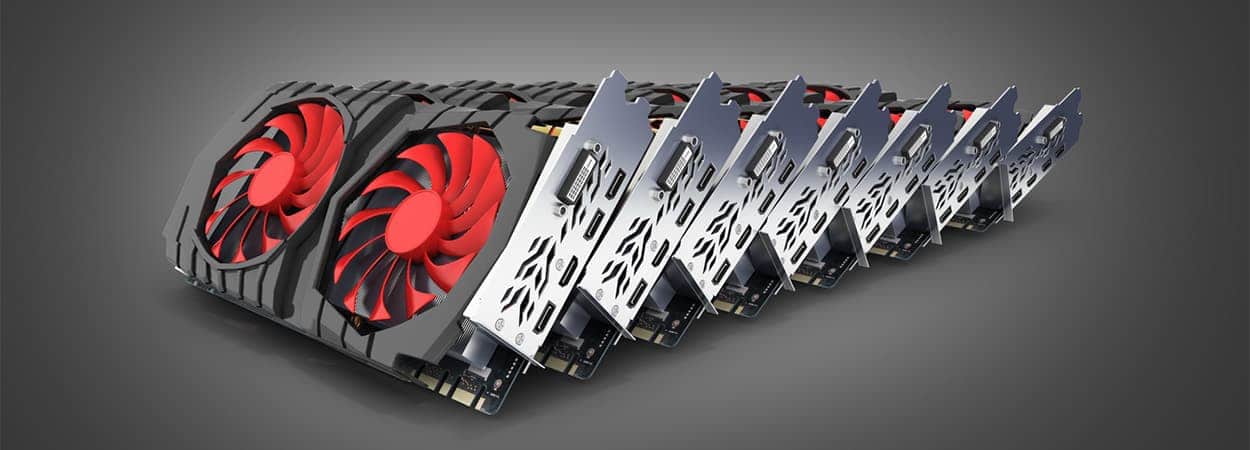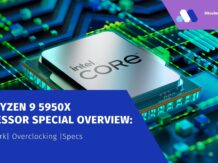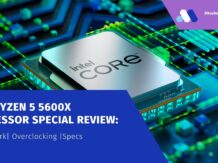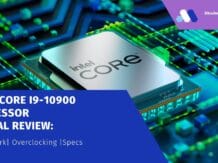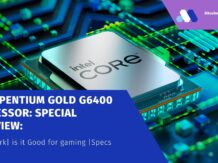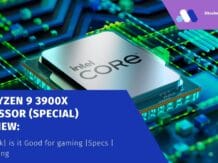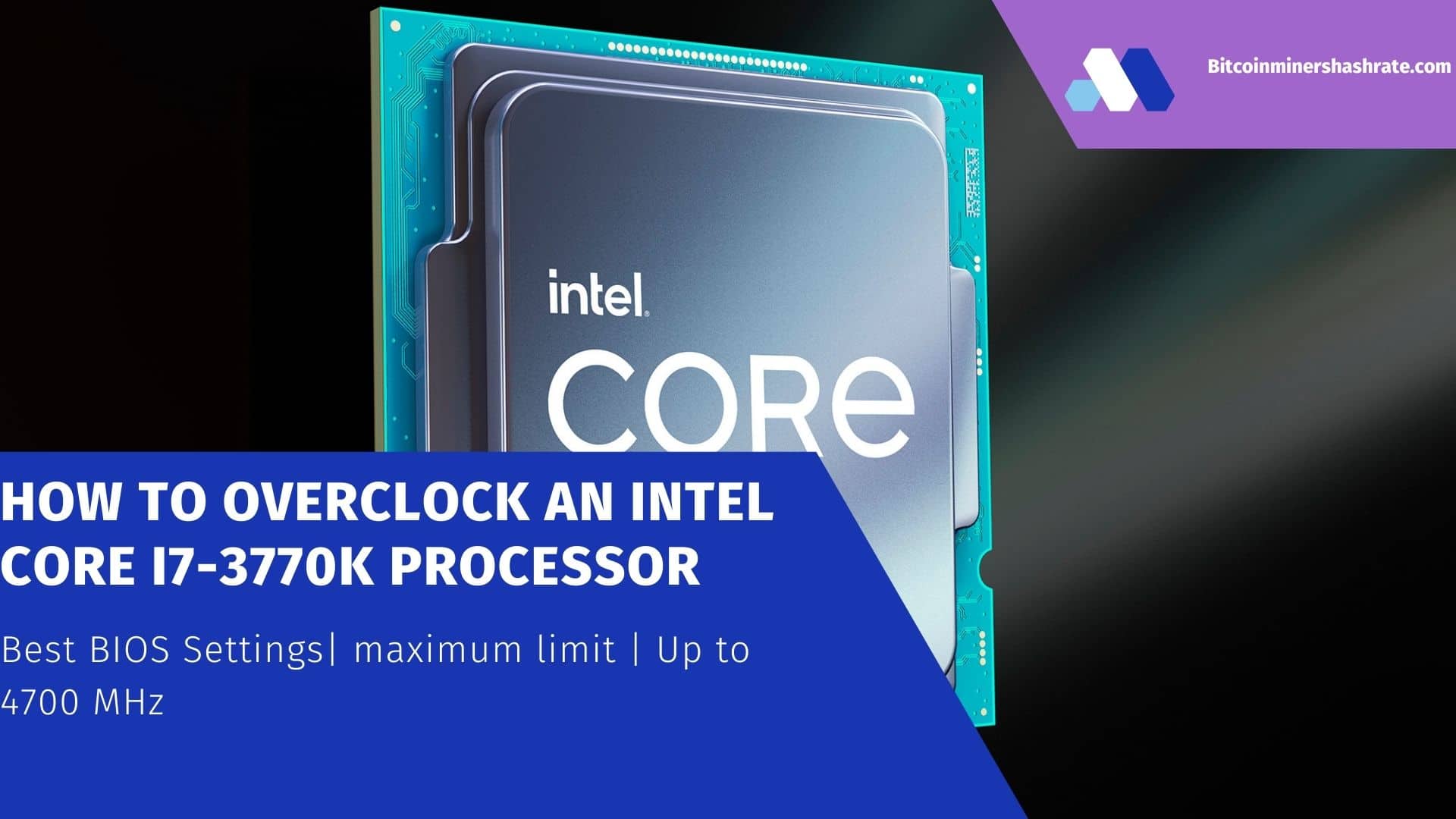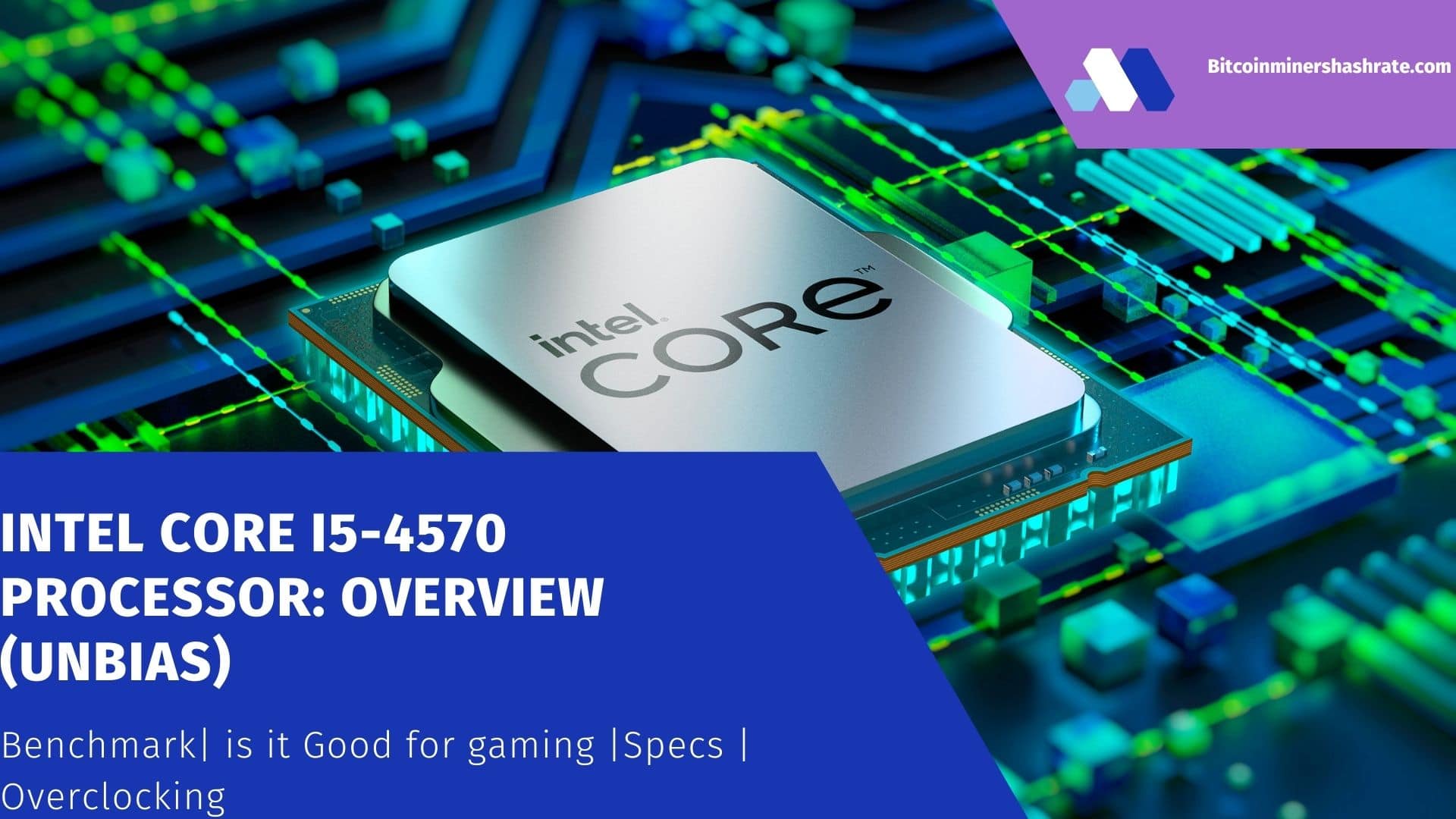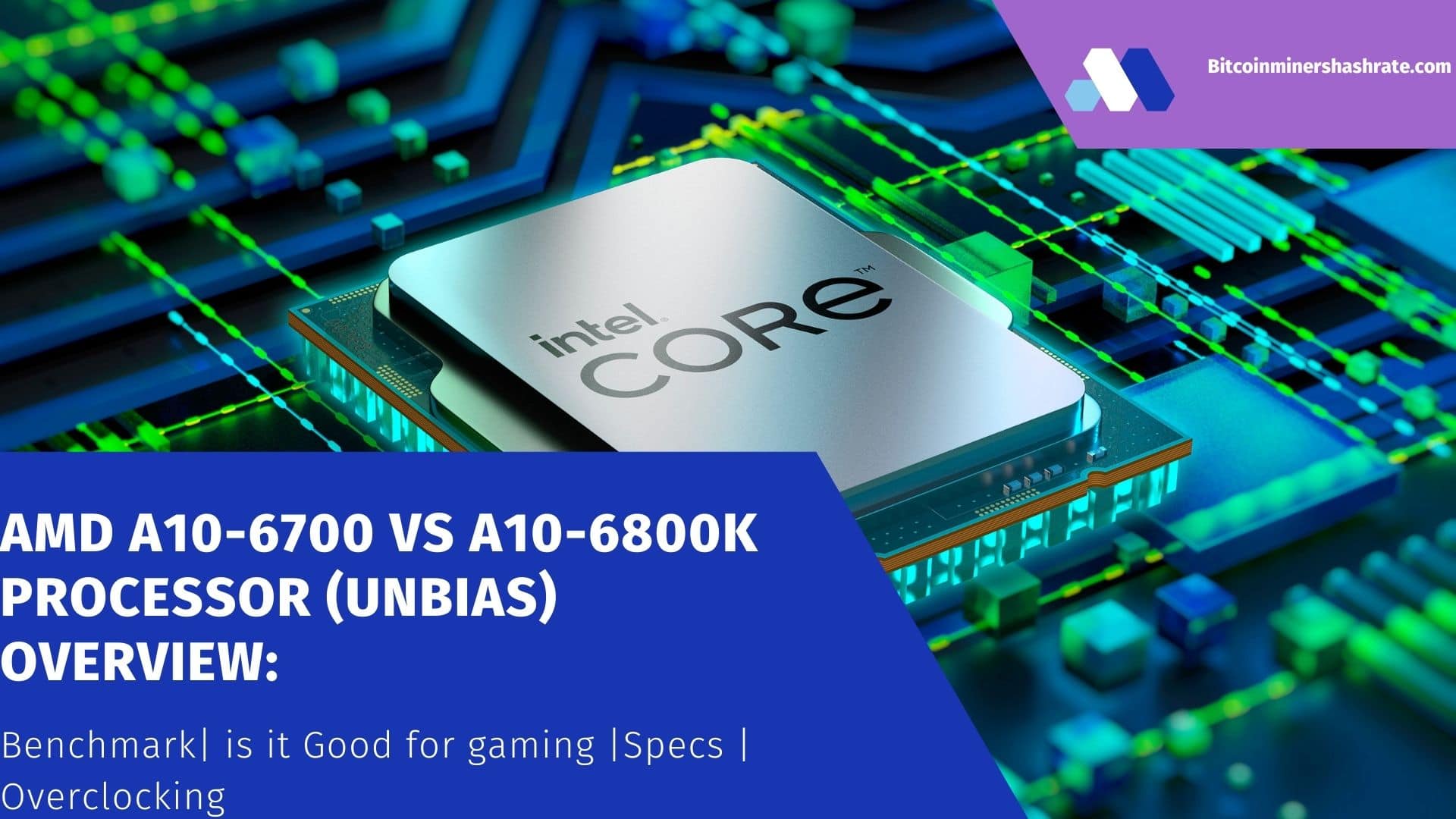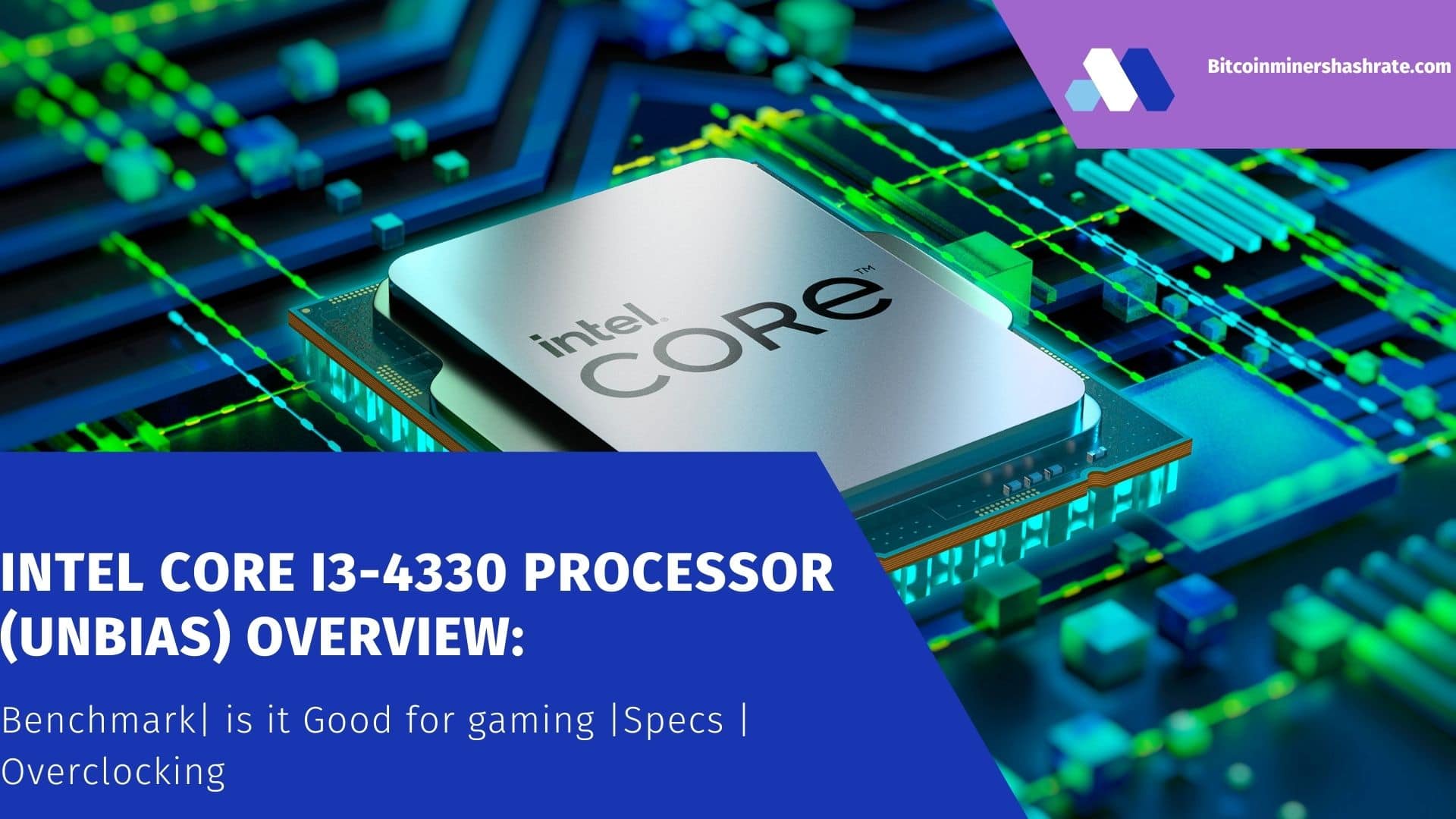How to choose a video card for a processor or a processor for a video card for games? The myth of the disclosure of the video card and processor
How to choose the right video card for a processor or a processor for a video card? To get the best gaming performance, the processor and graphics card must be balanced.
We will also analyze the myth about the disclosure of a video card or processor. You will find that these PC components do different things in games.
What does the processor and video card do in games? Why the disclosure of the processor and video card is a myth
Will my processor reveal this graphics card? Will my graphics card reveal this processor?
Have you heard such questions or asked them yourself?
The processor and video card in the game are engaged in different tasks. And they do not reveal each other in any way.
The processor is building the world. Those. the engine of the game itself. Roughly speaking, he tells the video card what and how to draw. Calculates artificial intelligence, process geometry, calculate physics, take into account scripts that are executed inside the game engine, process sound, etc. It also calculates the behavior of physical models of characters, instructions for the behavior of various objects, etc. At the same time, the load on the processor does not depend on the picture resolution and the set graphics quality . This is a very important point!
In the graphics settings, only changes in the number of NPCs (game characters) can affect the processor load, the more there are, the more work the processor needs to calculate the interaction of each NPC with other objects and other NPCs.
We cannot influence the processor load by changing the game settings.
It all depends a lot on the game engine. In modern game engines, more and more work falls on the graphics card. But the processor will be loaded as much as the game engine requires, but we can adjust the graphics card load by adjusting the graphics settings of the game itself.
The main task of the video card is to draw the world, the world that has prepared the processor for drawing and rendering. This is the imposition of textures on objects, rendering and rendering of shadows and light (to make the object lighter if light hits it), sometimes the calculation of the geometry of the object and the physical model (deformation of foliage from the wind, physics of hair movement, etc.). In general, this is all that a video card does, for this it has texture mapping units (TMUs), kernels for parallelizing the calculation of light and shadows, physics of motion and interaction of objects (Cores).
The operation of the video card is affected by the screen resolution or the resolution of the image that needs to be processed.
After this information, there should be no more questions such as whether my processor will reveal the video card or whether the video card will open the processor. They perform different tasks and do not reveal each other.
Neither the processor nor the video card allows each other’s power to pass through.
All of the above is a simple example.
The game has ultra graphics settings.
The processor prepared 50 frames per second and transferred them to the video card. And the video card when rendering ultra graphics can only render 40 frames per second. Accordingly, the video card will be loaded at 100% but the processor will not. It makes no sense for the processor to process 50 frames, since the video card can only handle 40.
In this scenario, the processor will be loaded less than 100%, and the video card will be 100%.
So we get bottleneck i.e. bottleneck from the side of the video card. Those. the video card, as it were, limits the power of the processor. Those. we cannot look at what the processor is capable of and how many frames it could render, because the video card does not allow it.
The same situation, but at the minimum graphics settings.
The processor produces the same 50 FPS, as we already know, the quality of the graphics does not affect the performance of the processor. And the video card, due to the lowered graphics resolution, can already render 60 frames per second. The processor will still produce 50 frames, it can no longer, and the video card will render 50 frames and partially idle, because it could render 60 frames.
In this scenario, our processor will be loaded at 100%, and the video card will be less than 100%.
This is a simplified scheme of work, so that there would be an understanding of the work of the video card and processor in games.
You can also say about the quality and number of frames. If 100% load of the video card at ultra settings was caused by high quality of frames, then with low quality of frames, we can load the video card not by the quality, but by the number of FPS.
What else can affect the performance of the processor and graphics card?
The performance and the final FPS can be affected by the RAM and disk subsystem of the computer. This can cause freezes in games, regardless of the processor and video card.
Whatever happens, take care of at least 12 GB of RAM, a frequency of 1600 MHz or higher in dual channel mode, an SSD disk, or a fast HDD with a spindle speed of 7200 and cache memory. Then these components will not be a problem for the rest of the hardware.
We select a video card for the processor
Usually, it is the video card that is selected for the processor, tk. the processor is usually cheaper than the video card. And it’s right to start with the processor, then you will find out why.
Let’s simulate the situation, we have an eight-core processor, for example, it will be an overclocked FX 8350. Watch and study overclocking of the FX 8350 on our website. And we will try to choose the optimal video card for this processor. For example, let’s take a fresher processor, for example, the Ryzen 3700x.
It doesn’t matter what processor you have: i9 10900K or Ryzen 9 5900x, the selection algorithm is identical. We chose FX as we have benchmarks with four different graphics cards in a wide price range.
The selection of a video card for a processor is the same eggs, you understand, just the opposite.
So, you have a processor and you need to choose a graphics card. Since a processor is always cheaper than a video card, we are talking about the consumer segment of processors, I don’t want to pay a lot of money for a video card and use it by 50-60 percent, since the processor will limit it, but I also don’t want the video card to limit our processor.
This requires a balance or a reasonable compromise.
For tests, I have a GTX 780 TI video card with 3GB of video memory (this is the 1050 TI or RX 470 4GB level), an RX 580 with 8GB of video memory (approximately the 1060 6GB performance level, GTX 980 TI), a GTX 1660 Super with 6GB of video memory (approximately the GTX performance 1070) and RX 5700 XT with 8GB VRAM (approximately GTX 1080 TI, RTX 2070, RTX 2070 Super).
How to choose the optimal video card and not overpay for an unused video card resource?
Game tests and iron load indicators will help us.
First of all, you need to test the processor in the game with the minimum graphics settings. With such tests, the maximum FPS of the processor will be visible.
How to determine what exactly is limiting performance, processor or video card
There is no way to bring all the cards home, but all this is on Youtube. That is why there are so many videos on the network with tests of various hardware configurations. In particular, there are a lot of tests of various configurations on our youtube channel.
We find game tests and look at the following indicators:
- Percentage of CPU utilization (CPU)
- Load Percentage (GPU)
- Using video memory. To understand if you have enough video memory for the game
- Average FPS
- Minimum FPS
We have three classic scenarios:
- The processor limits the performance (CPU> 90%, GPU <90%).
- The video card limits the performance (CPU <90%, GPU> 90%).
- The memory subsystem limits performance. We will not consider the third option. Remember, a good HDD or SSD is dual channel RAM.
There is a processor load percentage, there is a video card load percentage.
Graphics card limits build performance in games
With a properly balanced assembly, your video card should be loaded at 100% and at the same time the FPS indicator should suit you, as well as the smoothness of the game.
If the percentage of loading a video card is 99% and does not fall, then everything is clear, the system rests on the performance of the video card. It should be so.
If you’re happy with the performance, then you’re fine. If the performance is not satisfactory, then you can raise it in games by lowering the graphics settings or replacing the video card with a more powerful one. As a rule, the difference between the average and maximum settings is minimal.
CPU limits build performance in game
If the GPU load is less than 100%, then you need to determine why it is less. The first possible cause is the processor.
If the processor has 4 threads or less, and at the same time the load of all is more than 90%, then the problem is in the processor.
If the processor is multi-core, say an 8-core Ryzen, then the load limit may be 60% or lower. At the same time, this is really the ultimate load for the game. Those. the game will not be able to parallelize better.
So for example, on 8 core Ryzen, the load percentage in the game is 50% at best. This does not mean that the processor has a large supply for the game, i.e. it can be considered an advantage if you know where to put the rest of the processor time. For example, stream games or other background processes. If you are just playing, then there is no sense in these downtime. And this is the complexity of parallelizing games. Even if games can be used for all streams, this does not mean 100%.
If the monitoring shows less than 100% for the processor and less than 100% for the video card, in such cases it is the processor that limits the system.
If the performance is limited by the processor, and the video card is not loaded at 100%, you will not be able to do anything about it. Changing the graphics or screen resolution will not help increase the FPS. Only buying a more powerful processor or overclocking it. For how to overclock the processor, see the overclocking section.
That was theory, now let’s take a specific example of selecting the optimal video card for the FX 8350 and Ryzen 7 3700x.
Choosing the optimal video card for the FX 8350 processor
Let’s look at the benchmarks with GTX 780 TI and RX 580 8GB:
Watch this video carefully, and based on the above theory, try to understand what limits the performance of the processor or video card in these tests. The memory subsystem in the assembly is fine.
Here are our results:
- In Battlefield V, both video cards are CPU bound.
- In Witcher 3: Wild Hunt, both graphics cards are CPU-limited.
- In Shadow of the Tomb Raider, both video cards are CPU bound.
- In Assassin’s Creed Odyssey, both video cards are CPU-limited.
- In Hitman 2, both video cards limit the processor.
- In Metro Exodus, both video cards are CPU bound.
- In Star Wars, the Jedi FX 8350 limits the GTX 780 Ti, but the RX 580 limits the FX 8350. This is due to the very good optimization of the game for green cards.
We can conclude that the GTX 780 TI and RX 580 graphics cards are not enough to see the full potential of the overclocked FX 8350.
Let’s take more expensive and productive video cards, for starters, the GTX 1660 Super.
- In Battlefield V, the processor is capped at 1660 Super, but the card runs at 90 +% at times, which suggests that this is a very good combination.
- In The Witcher 3: Wild Hunt, 1660 Super is CPU limited.
- In Shadow of the Tomb Raider, the CPU is capped at 1660 Super.
- In Assassin’s Creed Odyssey, the CPU is capped at 1660 Super.
- In Hitman 2, the video card limits the processor.
- In Metro Exodus, both video cards are CPU bound.
As you can see, we are already very close to choosing a video card. Latest RX 5700 XT Graphics Card:
- In Battlefield V, the processor limits the RX 5700 XT.
- In Witcher 3: Wild Hunt, the processor limits the RX 5700 XT.
- In Resident Evil 2 Remake, the processor limits the RX 5700 XT.
- In Shadow of the Tomb Raider, the processor limits the RX 5700 XT.
- In Assassin’s Creed Odyssey, the processor limits the RX 5700 XT.
- In Hitman 2, the processor limits the RX 5700 XT.
- In Metro Exodus, the processor limits the RX 5700 XT.
- In Doom Eternal, the processor limits the RX 5700 XT.
- In Star Wars Jedi, the processor limits the RX 5700 XT.
Based on the tests performed, for an overclocked FX 8350, the optimal graphics card will be RX 5600 XT, GTX 1660 Super, GTX 1070, GTX 1080. Higher performance cards will be limited by the processor’s capabilities.
The cards of the RX 580 8GB level also performed well, but in almost all games they limit the processor, he needs a more productive card.
Choosing the optimal video card for the Ryzen 7 3700x processor
Now let’s take the more expensive and modern Ryzen 3700x processor and try to find the optimal graphics card for it, taking the RX 5700 XT and RTX 3070.
- In Cyberpunk 2077, the GPU limits the processor.
- In The Witcher 3: Wild Hunt, the graphics card limits the processor.
- In Red Dead Redemption 2, the GPU limits the processor.
- In Shadow of the Tomb Raider, the graphics card limits the processor.
- In Assassin’s Creed Odyssey, the processor limits the graphics card.
- In Metro Exodus, the processor limits the RX 5700 XT.
Now let’s take a more powerful video card.
- In Cyberpunk 2077, the GPU limits the processor.
- In The Witcher 3: Wild Hunt, the graphics card limits the processor.
- In Red Dead Redemption 2, the GPU limits the processor.
- In Shadow of the Tomb Raider, the processor limits the graphics card.
- In Assassin’s Creed Odyssey, the GPU limits the processor.
- In Metro Exodus, the GPU limits the processor.
The Ryzen 7 3700x needs a better graphics card. For example 3070 TI, 3080.
Good luck in assembling a balanced assembly!
Add to bookmarks





